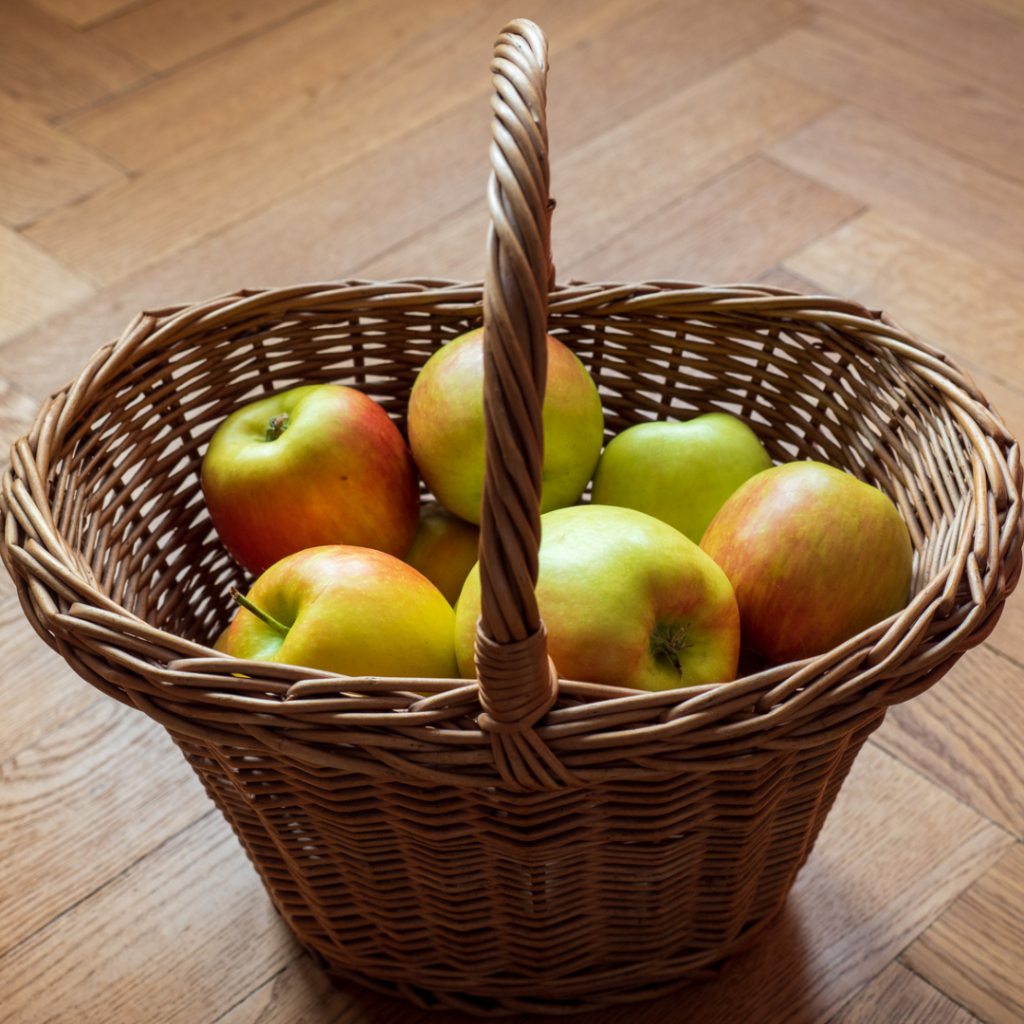If you are looking to grow your own woven willow plants at home, we have some tips for how.
This post may contain affiliate links, which if you click through to, and make a purchase, may earn me a small amount of revenue. They are marked with * for your reference.
Woven willow refers to the technique of using flexible willow branches or rods to create structures, objects, or decorative items by weaving them together. This traditional craft has been practiced for centuries and is popular in basketry, garden structures, and even living fences.
Common Uses of Woven Willow:
• Basket making
• Garden fences and trellises
• Sculptures and artistic installations
• Furniture, such as chairs or plant stands
• Living structures, like willow domes and tunnels
Willow is ideal for weaving because it is pliable when soaked or freshly cut, allowing it to be bent and shaped easily. It is also durable and sustainable, making it a popular choice for eco-friendly projects.

Woven willow plants are also very hardy and often are used as a decorative feature in gardens. They seem to like the U.K. climate and are easy to grow if you follow the right care instructions for them.

Growing your own woven willow structure is a fantastic and creative way to create living fences, garden sculptures, or tunnels. Willow is a flexible and fast-growing plant that can be manipulated into beautiful and functional designs.
What you’ll need:
• Willow cuttings * (Salix species, like Salix viminalis or Salix alba are ideal)
• Garden spade or auger
• Compost or organic matter
• Mulch
• Twine or ties (biodegradable is best)
Step 1: Choose your willow variety
• Salix viminalis (Basket Willow) is popular for weaving due to its flexibility and strength.
• Salix alba (White Willow) is also a good option for larger structures.
Step 2: Prepare the site
• Willow prefers moist, well-drained soil and a sunny location.
• Dig a trench or individual holes where you want to plant your willow rods.
• Add compost or organic matter to enrich the soil.
Step 3: Harvest or source willow cuttings
• You can either buy cuttings or harvest your own from established willow plants.
• Cuttings should be about 2-3 feet long and 1/2 inch thick.
Step 4: Plant the cuttings
• Push each cutting into the ground about 8-12 inches deep, at an angle for weaving.
• Space them about 8-12 inches apart, depending on how dense you want your weave.
Step 5: Weave the willow
• Begin weaving the willow stems as you plant them.
• You can create diagonal crisscross patterns or vertical and horizontal weaves.
• Tie the intersections with twine to hold the structure in place as it establishes.
Step 6: Water and mulch
• Willow needs plenty of water, especially in the first year.
• Mulch around the base to retain moisture and suppress weeds.
Step 7: Maintain and shape
• New growth will sprout from the cuttings. Weave these into the structure as they grow.
• Trim excess growth to maintain the shape and encourage new shoots.
Step 8: Enjoy your living structure
• Over time, the willow will root and grow into a strong, living fence, dome, or tunnel.
• The structure will continue to strengthen and thicken with each growing season.
Growing your own woven willow is a fun, eco friendly and rewarding project, and the results will provide a lifetime of creative gardening.
Why not give it a go?